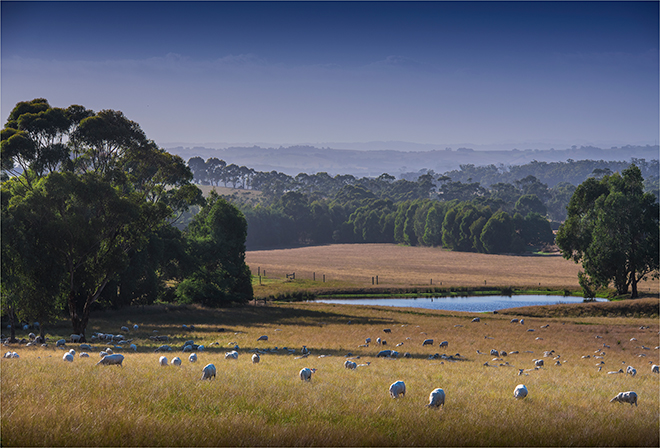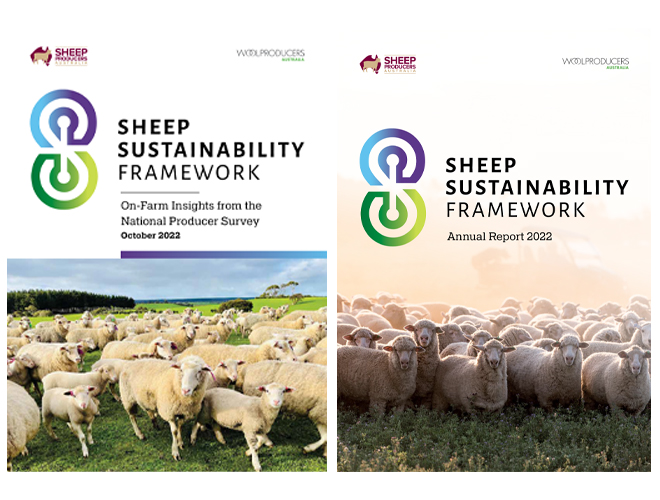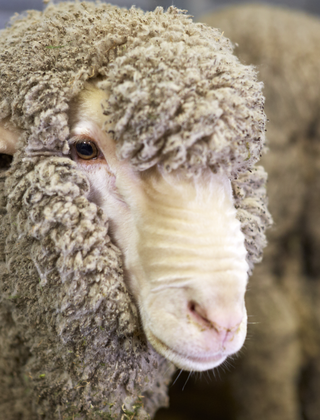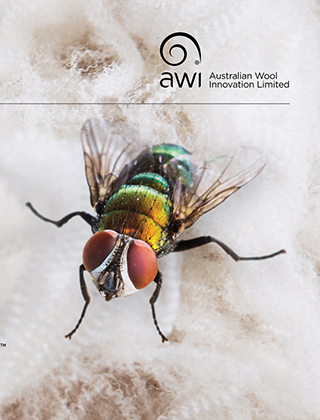Sheep Sustainability Framework

reporting the industry’s sustainability credentials The Australian sheep and wool industry in April last year launched the world’s first Sheep Sustainability Framework. It was initiated by Australia’s sheep industry leaders to demonstrate the industry’s sustainable practices, identify areas for improvement, and better communicate with customers and consumers. It has recently issued two reports providing updates on progress.
reporting the industry’s sustainability credentials
The Australian sheep and wool industry in April last year launched the world’s first Sheep Sustainability Framework. It was initiated by Australia’s sheep industry leaders to demonstrate the industry’s sustainable practices, identify areas for improvement, and better communicate with customers and consumers. It has recently issued two reports providing updates on progress.
What is the Sheep Sustainability Framework?
The Sheep Sustainability Framework (SSF) is an industry owned initiative to monitor, measure and report the Australian sheep industry’s performance against sustainability priorities.
Sheep Producers Australia and WoolProducers Australia led the development of the SSF with AWI and Meat & Livestock Australia providing funding, together with strategic and secretariat support. The Framework was developed through extensive consultation and launched in April 2021.
The SSF identified 21 priorities relevant to sustainable sheep production in Australia, classed into four themes:
- Caring for our sheep
- Enhancing the environment and climate
- Looking after our people, our customers and the community
- Ensuring a financially resilient industry.
The performance of the sheep industry in these areas, tracked over time, will provide evidence of the industry’s commitment to continuous improvement. It will demonstrate that Australia has a clear path towards sustainably produced sheep meat and wool.
“The significance of the framework is around galvanising industry and telling a great story. We have a consumer base craving the term sustainability, and wondering what it means, and this gives us an opportunity to provide customers globally with the solution to that sustainability question.”
- John Roberts, AWI CEO
While the SSF takes an industry-wide perspective and therefore does not require any direct input from producers, individual businesses may use the SSF to understand the industry’s sustainability credentials and consider these in their forward planning.
Reporting from the SSF now available

The SSF’s first Annual Report (released in July 2022) and the On-Farm Insights Report (released in October 2022).
In July, the SSF launched its first Annual Report which reported data on industry progress against key sustainability priorities.
"We’ve shared very encouraging data to come out of the report, including a 9% reduction in emissions intensity of wool and meat production from 2005 to 2020.”
- Dr Scott Williams, Sheep Sustainability Steering Group Chair
While there was data to show a directional improvement, or otherwise, against about half of the 62 indicators, the other half of the indicators in this initial annual report were either provided an initial benchmark, or were marked as a work in progress, or data/metric was still waiting to be identified.
The items marked as work in progress were awaiting the results of a national producer survey, which was underway at the time and results have subsequently been released. The survey was commissioned by AWI and MLA to collect comprehensive data about on-farm production practices, primarily covering animal husbandry practices, but also other topics such as predation, renewable energy use and succession planning.
In October, the SFF issued a standalone report that contained important insights from the national producer survey. The key figures from the survey will be reported as benchmark data in the SSF’s next Annual Report due for release in May 2023.
More information: www.sheepsustainabilityframework.com.au
This article appeared in the December 2022 edition of AWI’s Beyond the Bale magazine. Reproduction of the article is encouraged.














